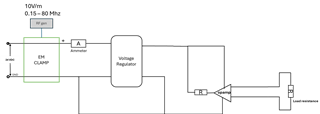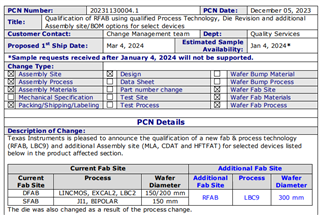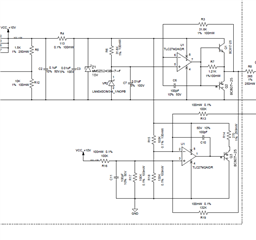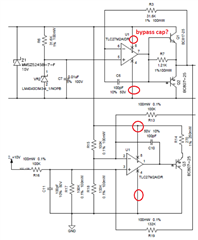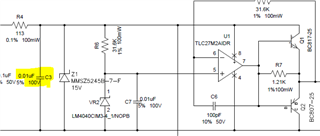Other Parts Discussed in Thread: TLV9102
Tool/software:
Hi,
we are using TLC27M2AIDT in one of my applications. I have found an issue with it during CS test, at test voltage level of 10V, 150Khz to 80 Mhz, opamp output used to change its state during the test, same issue is observed in 4 tested boards.
also we have did an experiment by replacing opamp with similar characteristics from ST Microelectronics MPN: TS27M2AIDT. the previous observation is not repeated with this IC. i am not able to find the actual reason behind this.
can you please help in finding the difference that is creating this issue
Thanks,
Mohan.


